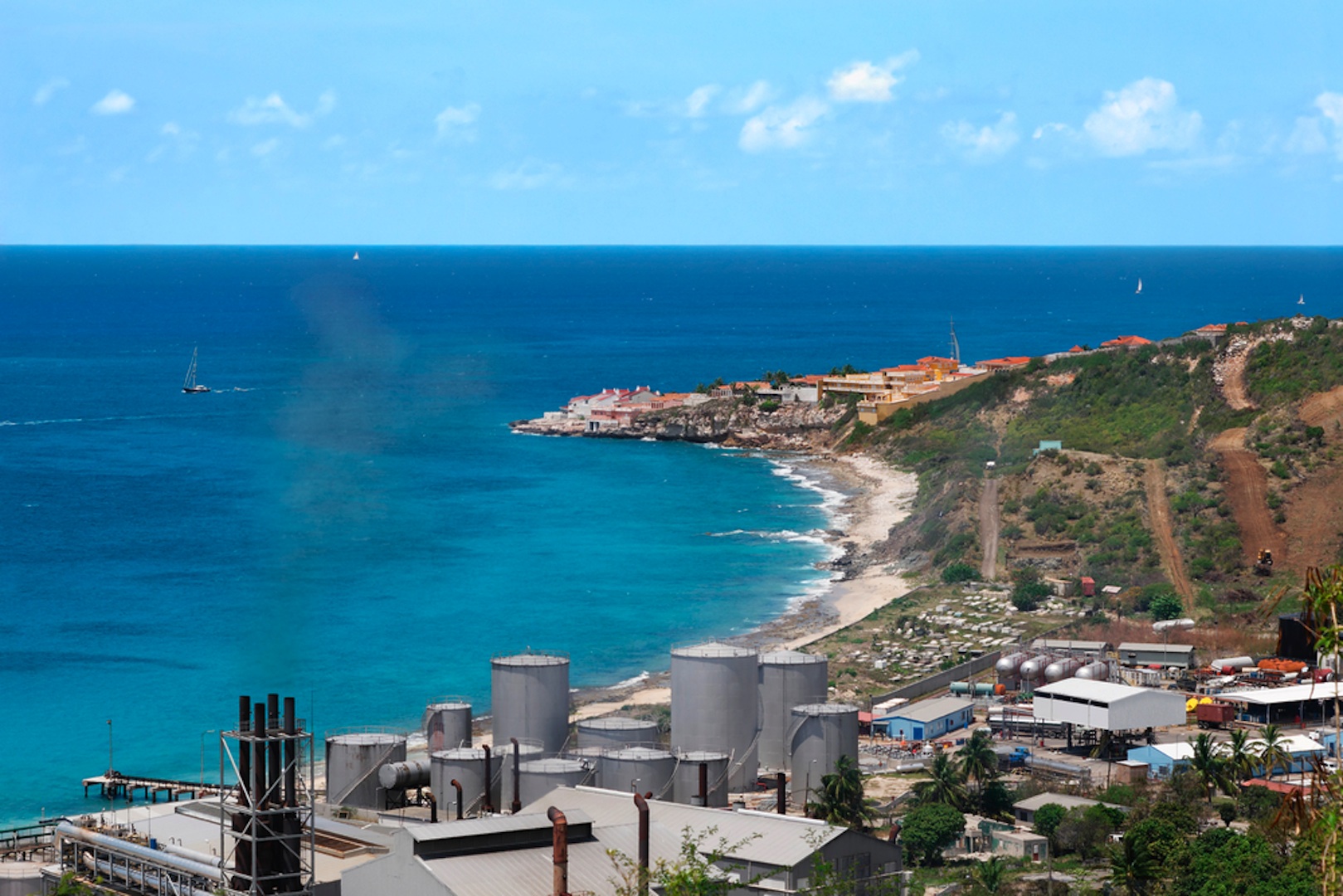Australia Spends US$ 2¼ Million on Desalination Research

Four new desalination research projects have been selected for funding under the fifth funding round announced by the National Centre of Excellence in Desalination Australia.
Researchers at the universities of Queensland, Victoria and New South Wales and Edith Cowan University in Western Australia will work with international research partners Stanford University (USA), Dow Water & Process Solutions and Ghent University (Belgium) in projects valued at over Aus$ 2.5 million (US$ 2.27 million), including cash and in-kind contributions.
Their new projects will replicate nature’s filters to create bio-organic water filters for use in desalination plants, further develop a prototype fibre-optic sensor measuring water treatment temperatures that doesn’t corrode, and find alternative recycling and reuse options for used desalination plant membranes. Researchers will also use nanotechnology to test an assisted forward-osmosis nanofiltration concept.
NCEDA research into desalination and its application to help drought-proof communities is currently worth more than Aus$ 80 million (US$ 72.5 million), with nearly 50 projects under way across Australia.
The newly funded projects are:
Applying A Fibre-Optic Surface Plasmon Resonance Sensor Prototype In Desalination,
Edith Cowan University.
Principal Investigator: Professor Kamal Alameh.
Project value: Aus$ 844,540 (US$ 765,728).
Further to the previously-funded project, this will develop a prototype of nano-engineered fibre-optic based surface plasmon resonance sensors. Based on doping various ligands onto gold nanolayers, the proposed optical fibre sensor will detect specific chemical contents and microbes in water. This will serve as a powerful tool for environmental and process monitoring in desalination plants, featuring high sensitivity and excellent discrimination capability, high selectivity, low cost and free from corrosion.
Alternative Disposal Methods For End-Of-Life Desalination Membrane Elements, Victoria University
. Principal Investigator: Dr Marlene Cran.
Other research participants: University of New South Wales and Dow Water & Process Solutions.
Project value: Aus$ 324,444 (US$ 294,055).
In this study, the main focus is the conversion and reuse of used desalination membranes for lower specification applications. However, not all elements are suitable for reuse and eventually all elements will need to be discarded. Membrane elements are complex structures comprised of a number of different polymeric components and although direct recycling is not possible, the individual components may potentially be recovered for other uses. This project aims to find alternative uses for end-of-life desalination membranes with a focus on the reuse or recycling of valuable materials for other industries.
Validation Of A Forward Osmosis Concept, University Of New South Wales.
Principal Investigator: Associate Professor Pierre Le-Clech.
Other research participants: Ghent University (Belgium)
. Project value: Aus$ 381,500 (US$ 345,782)
This project aims to further validate a forward-osmosis concept recently developed within a study funded by NCEDA. Additional experimental work will be based on a range of commercially available membranes to define the relative benefits of the concept. A detailed energy model will also be developed in collaboration with Ghent University. Finally, technology transfer will be considered through initial discussion with relevant membrane manufacturers to develop a module prototype.
Highly Productive And Selective Bio-Organic Hybrid Membrane Water Filters, University Of Queensland.
Principal Investigator: Professor Michael Monteiro.
Other research participants: Stanford University (USA).
Project value: Aus$ 953,718 (US$ 864,242)
The project will develop novel bio-organic hybrid membranes with high selectivity, high water permeation rates and with low-energy requirements. Scientists will utilise protein membranes that already show excellent water purification into a designer artificial polymer membrane that acts to capture, orientate and support the biomolecules in the correct position on the polymer surface. These membranes now have the potential to be made on industrial scales. This research aims to deliver the next generation in membrane technology by attempting to replicate nature’s own filtration process.






